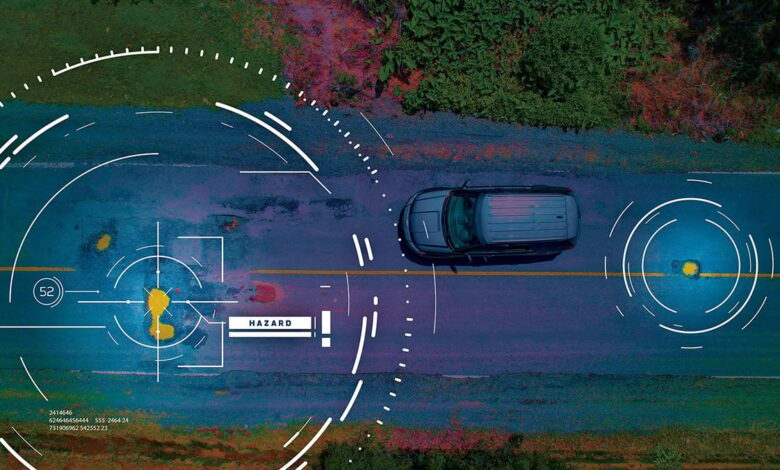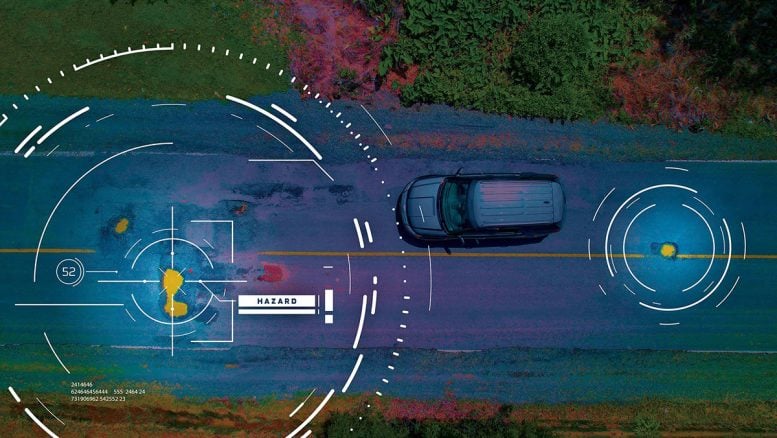Cutting-Edge Tech Detects Infrastructure Issues Before They Become Disasters


Researchers at Texas A&M University are utilizing satellite technology to continuously monitor and maintain infrastructure conditions.
As infrastructure ages, its risk of failure increases, leading to safety and mobility concerns for drivers and pedestrians, as well as economic challenges for taxpayers. A recent study published in the Transportation Research Record reveals that high-resolution synthetic aperture radar (SAR) satellite data can identify infrastructure problems early, much like annual health checkups can help prevent more serious issues in humans. This early detection can be crucial in preventing further damage to roads.
Led by Dr. Anand Puppala and Ph.D. candidate Amit Gajurel, researchers at Texas A&M University are working on a new method of infrastructure monitoring using Synthetic Aperture Radar (SAR) remote sensing systems. SAR allows researchers to inspect and characterize pavements, retaining walls, and embankments from space and can help determine if there are flaws that should be further inspected for repair, saving valuable time.
Efficient Infrastructure Management
“If a given area would typically take five days to complete — between surveying the data and determining large and small areas of failure — when using the satellites, we could actually look at the data and make the same determinations in only two days, which can be very useful for time-saving,” said Puppala, A.P. & Florence Wiley Chair Professor in the Zachry Department of Civil and Environmental Engineering Department.
In addition to saving agencies time on repairs and preventative measures, utilizing satellites to monitor infrastructure and pavement conditions has the potential to reduce costs associated with managing roadway infrastructure assets.
Utilization of SAR in Geotechnical Asset Management
“We’re building this up to use as a source of data for geotechnical asset management and looking at how to integrate this remote sensing data into geotechnical asset management,” said Gajurel. “We can use SAR data for managing the geotechnical assets. This could be a great method for organizations that are looking for a cost-effective way to manage these assets.”
SAR remote sensing technology has been used to study geomorphological changes and sudden movements like earthquakes and landslides.
“When there is damage due to a natural disaster, authorities use the satellite systems to determine what caused it. Recently we started utilizing this method to look at transportation infrastructure, including highway embankments, roads, and even airport runways,” said Puppala, who also serves as the director of the Center for Infrastructure Renewal at Texas A&M University.
As most doctors and patients would agree, preventative medicine is a better option than responding to an emergency. Preventative care provides doctors with more time to create the best plan for their patients. Likewise, by incorporating infrastructure condition data from SAR technology, asset managers can be proactive in repairing any flaws, and budgeting for potential issues which can save both time and money that may be otherwise lost.
Reference: “Application of Satellite-Based Remote Sensing for the Management of Pavement Infrastructure Assets” by Amit Gajurel, Anand J. Puppala, Nripojyoti Biswas and Hiramani Raj Chimauriya, 20 March 2024, Transportation Research Record.
DOI: 10.1177/03611981241230535
Source link



